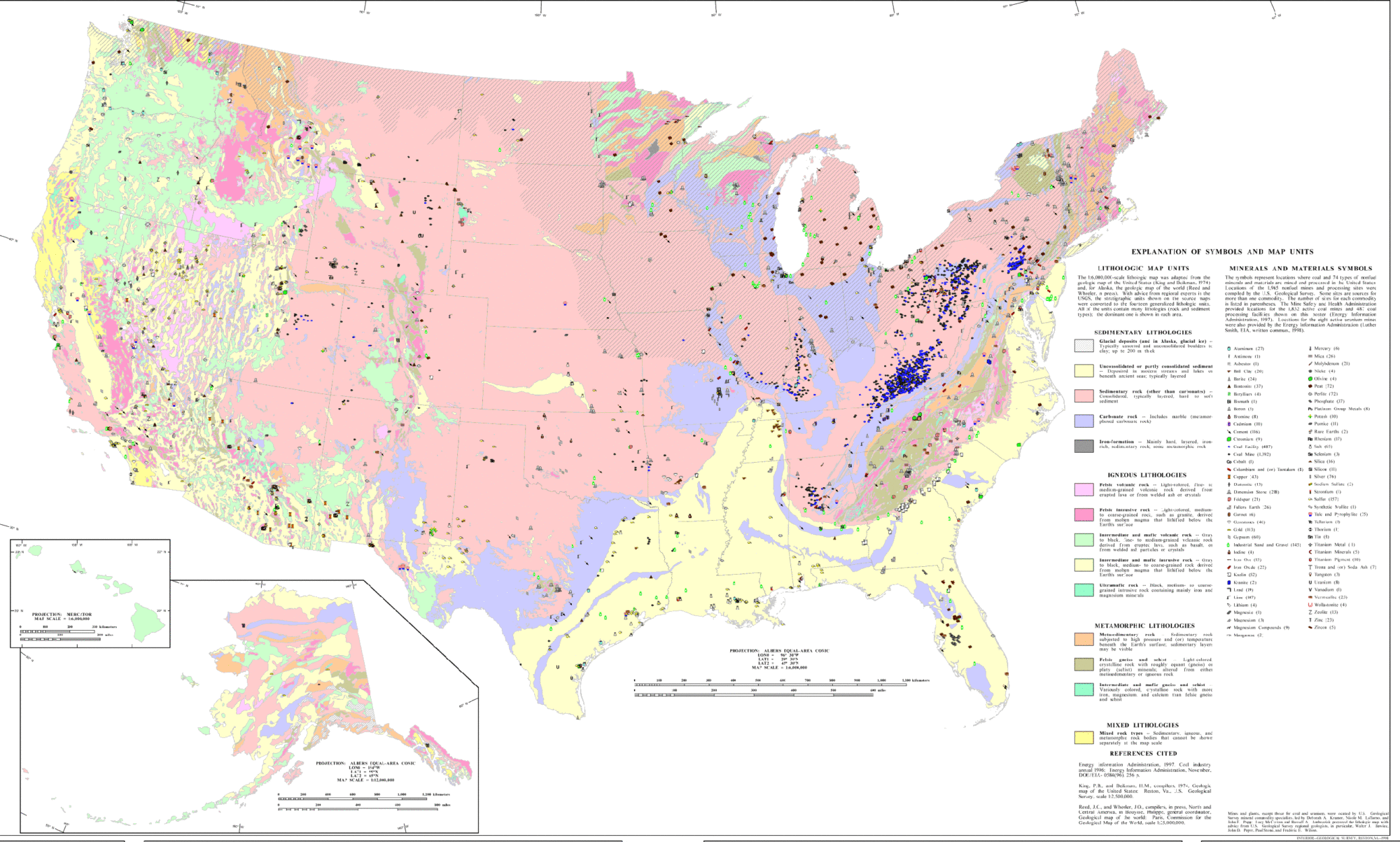With the prospect growing of a major infrastructure build out and renewed emphasis on domestic manufacturing, America’s dependence on imported minerals and metals required for new roads, bridges and the full spectrum of consumer goods is at record levels, according to the US Geological Survey (USGS) National Minerals Information Center’s recently released annual report, Mineral Commodity Summaries 2017.
“This trend, documented now by the federal government, is troubling as these metals are the building blocks of our supply chain and our infrastructure,” said National Mining Association President and CEO Hal Quinn. “Although we have these minerals and metals in abundance, an inefficient permitting process has slowed access to them and steadily increased our reliance on foreign sources such as China.”
According to the USGS report, in 2016, imports made up more than one-half of the U.S. apparent consumption of 50 nonfuel mineral commodities, and the US was 100% import reliant for 20 of those. This is up from 47 and 19 minerals respectively in 2015, and it marks a record high.
US import reliance has increased significantly since 1978, the year that this information was first reported. At that time, the US was 100% import reliant on seven mineral commodities, and more than 50% import reliant for 25 mineral commodities.
The US government’s process for securing the necessary mine permits now takes close to 10 years – one of the longest permitting processes in the world for mining projects. By comparison, permitting processes in Australia and Canada, which have similar environmental standards and practices as the US, take between two and three years.
Federal lands account for as much as 86% of the land area in certain Western states and these same states account for 75% of our nation’s metals production. Half of the nation’s hard rock mineral estate is already off-limits or under restrictions for mineral development. The US Department of the Interior (DOI) has proposed withdrawing up to 10 million acres of land from new mining operations, significantly impacting the ability to develop domestic minerals on federal lands.











